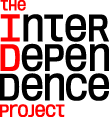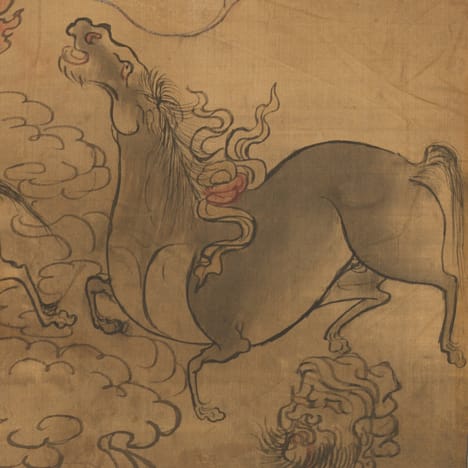
About the Meditation
Meditation session led by Tracy Cochran.
The guided meditation begins at 16:53.
For centuries Himalayan practitioners have used meditation to quiet the mind, open the heart, calm the nervous system, and increase focus. Now Western scientists, business leaders, and the secular world have embraced meditation as a vital tool for brain health.
Whether you’re a beginner, a dabbler, or a skilled meditator seeking the company of others, join expert teachers in a forty-five-minute weekly program designed to fit into your lunch break. Each session will be inspired by a different work of art from the Rubin Museum’s collection and will include an opening talk, a twenty-minute meditation session, and a closing discussion.
This program is supported in part by the Hemera Foundation with thanks to our presenting partners Sharon Salzberg, the Interdependence Project, and Parabola Magazine.


Related Artwork

Theme: Perspectives
This painting of wrathful offerings scattered in a charnel ground excels in its free execution, with outlines only partially filled with color. The silk background’s earthen color actually resembles the clay walls that would more often be used as a ground for this subject. A sense of perspective is found only in the lower section, where human parts are spread across the charnel ground. There is no notion of space, and relative proportions are upset by the large skulls in the upper portion of the painting.
Wrathful offerings are an extremely rare subject for portable paintings but a common theme in the protector chapels of Tibetan monasteries. Such paintings communicate the horrors of life in an astonishingly humorous manner. At the top of this work are three offering bowls, the central one containing an offering of the five senses, each represented by its corresponding organ. The animals underneath””horses, yaks, sheep, and dogs””are the main domestic animals of the Tibetan Plateau, here shown in a hierarchy with the most valuable on top. The corpses at the bottom, and the human body parts between them, remind us that the scenery represented is a charnel ground.
About the Speaker

Tracy Cochran has been a student and teacher of meditation and spiritual practice for decades. She is the founder of the Hudson River Sangha, which is now virtual and is open to all. The link for her weekly meditations can be found on tracycochran.org.
Tracy has taught mindfulness meditation and mindful writing at the Rubin and the New York Insight Meditation Center, as well as in schools, corporations, and other venues worldwide. She is also a writer and the editorial director of Parabola, an acclaimed quarterly magazine that seeks to bring timeless spiritual wisdom to the burning questions of the day. Her writings, podcasts, and other details can be found on her website and on parabola.org.
